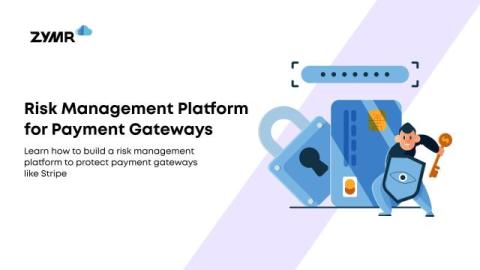Systems | Development | Analytics | API | Testing
Risk Management
Improve Your Enterprise Risk Management Framework with Process Automation
Navigating the Digital Operational Resilience Act
Bank Risk Management: Top Challenges and Their Solutions
In today's dynamic financial landscape, threats are not only escalating but also rapidly evolving. At the same time, regulators impose stricter transparency and compliance requirements on financial institutions. So, how can decision-makers navigate this challenging environment, with relentless cyber threats coming at them from one side and rising regulatory demands from the other?
Minimizing Business Risks Through Right Quality Software in the Age of AI
As of 2023, organizations engaged in software development are investing 31% of their total budget into ensuring software quality meets their defined standards.
Risk Management in Banking: How to Weather the 2023 Crisis
The banking industry is no stranger to crises, and 2023 has proven to be a challenging time for banks worldwide. As financial institutions face a multitude of risks and uncertainties, robust risk management practices are essential for success. In this post, we’ll delve into the significance of risk management in weathering the 2023 crisis and offer key strategies for successfully navigating these turbulent times.
3 Ways to Help IT Improve Regulatory Risk Management and Compliance for Financial Services
Managing a delivery team that supports any complex business requires aligning people and technology with the needs of your customers in order to deliver the software they need to run the business. Firms that operate within regulated environments like financial services, including capital markets also have to contend with external influence from regulatory partners—which can shape not only what you’re asked to do but also how you need to do it.
GRC for Insurers: Keeping Up with Mounting Regulatory Requirements
Recent years have brought no shortage of change to the insurance industry. Among those changes is a rise in governance, risk, and compliance (GRC) requirements. Effective in May 2018, the General Data Protection Regulation (GDPR) became the first major regulation to focus on protecting consumer data. Its implementation coupled with a global pandemic has kickstarted a rush to enact more laws surrounding data privacy.
How to ensure compliance in regulated environments
Organizations that work in a highly regulated industry such as medical/health, pharmaceutical, security, automotive, aerospace, and defense, know how important it is to comply with standards and regulatory requirements. In order to meet regulations, manufacturers must maintain strict control over the development process, from testing to maintenance, and release. Xray test management app is a powerful test management app that can help you meet compliance and regulations in your industry.
Replacing the FMEA Risk Assessment: How to Manage Risk in an Agile World
Product failures and defects can occur on many different shapes and levels, impacting any part of the user experience, functionality, and even safety. In the past, organizations were taking the approach of of Failure Mode and Effects Analysis (FMEA) for risk assessment. This allowed teams to identify and prevent failure before a product or update is released.











